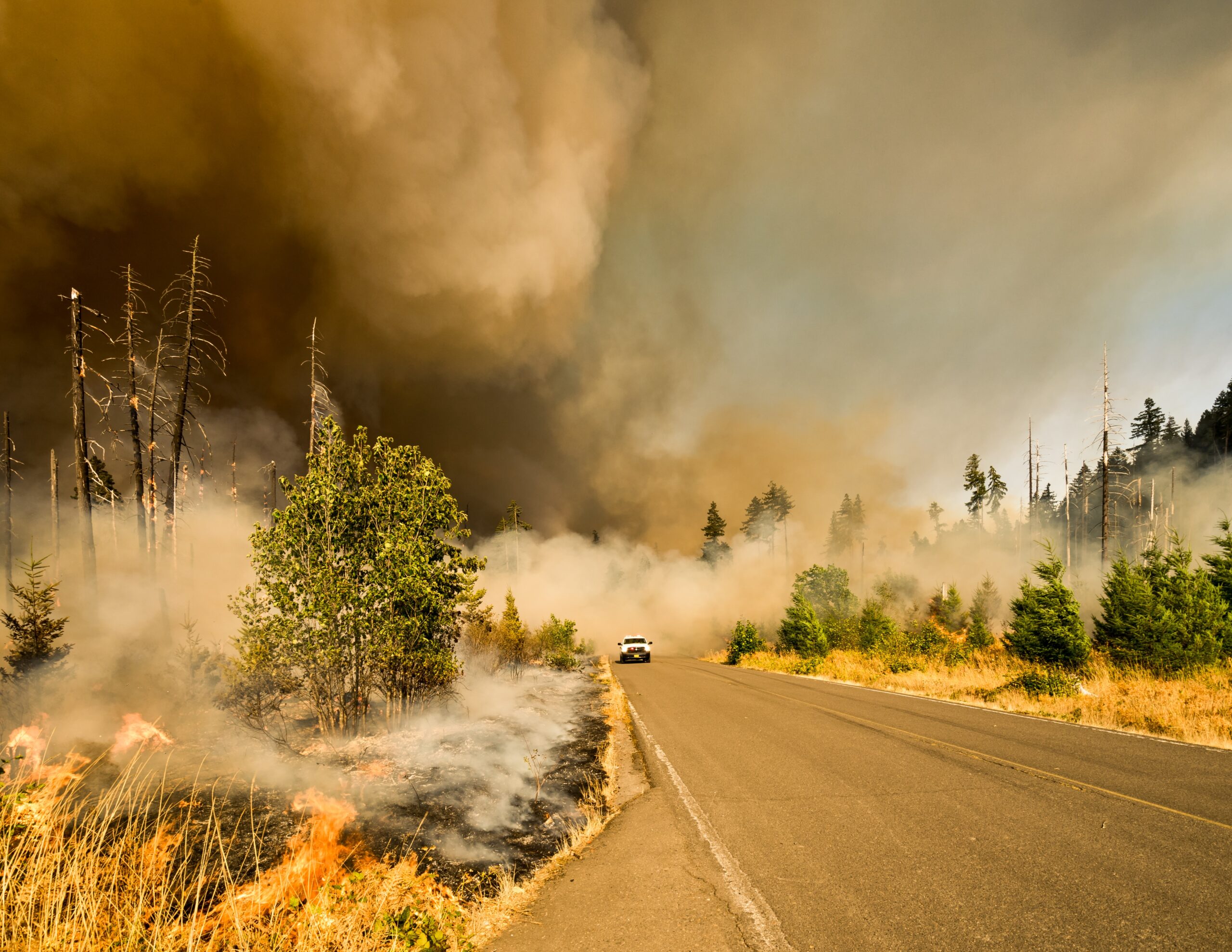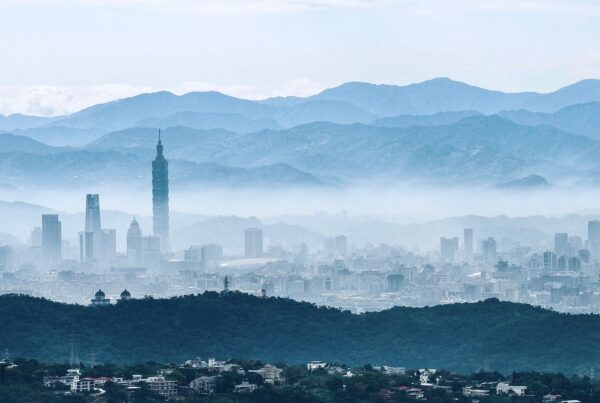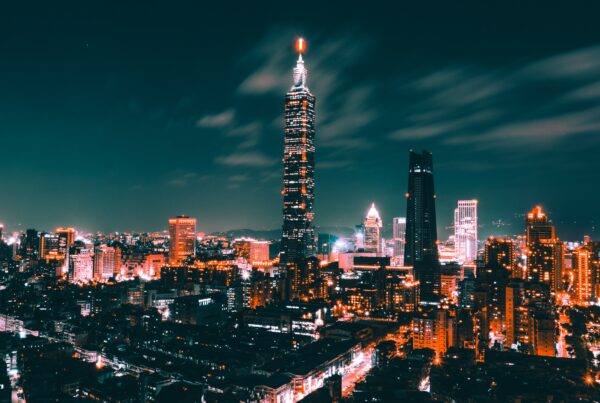By David Schimel, Ph.D., Senior Research Scientist at NASA Jet Propulsion Laboratory and Chairman of Entelligent
This article originally appeared in Fortune.
The world is finally waking up to climate change not as a slow increase in temperatures but as a cascading series of devastating events, occurring not just with more frequency but also with ever more extreme effects. Numerous regions have experienced entirely new types of weather. The world is palpably different — and not in a good way.
Decades of living in denial have left us both unprepared for these conditions and facing the far more difficult tasks of adaptation to the new climate and decarbonization. Had we started when it first became clear in the 1970s that climate change was a scientific reality, our work would have mostly consisted of mitigation.
Amid the devastation of 2023, which may shatter records not only for the hottest summer but also for the hottest year on record, it is hard to imagine the casual rejection of well-substantiated warnings. But that’s precisely what happened.
Looking back 50 years, it was challenging to project the rate of increase in greenhouse gas concentrations because we could not forecast future economic activity better than economists and Wall Street analysts. Correcting for the projections of emissions, one can see that the correlation of global mean temperature to greenhouse gas concentrations that climate scientists warned of was about right.
Climate models have been quite accurate in projecting the response of global mean temperature to changes in greenhouse gases, primarily carbon dioxide, but also methane, nitrous oxide, and other gases produced both naturally and due to human activities.
However, despite the rigor and breadth of the science, these dire conclusions have been consistently challenged, delaying or forgoing opportunities to curtail climate change and adapt to it.
I have some experience here: I was the convening lead author of the scientific community’s climate change report awarded the 2007 Nobel Prize alongside Al Gore’s An Inconvenient Truth. Scientists have consistently warned about temperature rise, and humanity has reacted — as Gore noted in An Inconvenient Truth — like frogs in a quickly heating pot of water, unmoved as the temperature rises toward a boil. As it turns out, that proverb is a myth: Frogs are smart enough to jump out of a pot of heating water. I’m not sure what that says about humanity.
The delay, while maddening, has provided us with critical new information to plot a path to safety. Damages from climate change, mostly due to extremes, are growing far faster than projected. In other words, adaptation is going to be more expensive than we thought. At the same time — although sophisticated models have in the past projected high costs of shifting to new energy sources (i.e., mitigation) — the cost of new clean energy is dropping faster than projected.
In short, damage costs are rising rapidly and green energy costs are dropping quickly.
We still have time — barely. Meeting the twin challenges of decarbonization and adaptation, the planet’s warming of 1.5 to 3 degrees above industrial-era norms will test our ingenuity and technological creativity.
One of our signal failures, decades ago, was to accept the false choice pitting climate change mitigation against economic growth. We have to reset the terms of the debate:
At Entelligent (a climate data firm I cofounded in hopes we could bend this curve), we analyze both physical risks (the damage done when the climate warms) and transition risks (the cost and benefit to publicly traded companies when they lower dependence on fossil fuels). We can see the trends clearly in our statistical analysis: A world invested in a productive climate transition will be a wealthier world.
The idea of climate action leading to a wealthier world is worth emphasizing. We can’t force global action, but three critical ideas must move to the top of our agenda:
- We must publicly acknowledge and accept that damages from climate extremes are more costly than anticipated and harder to adapt to than the cost of mitigation would have been.
- Nations must make good on the sustainability and climate-friendly provisions of the 2015 Paris Accord, which will lead to a world that’s wealthier than a world with unmitigated climate change.
- There must be widespread support for cleaner technologies. There’s been a rapid decrease in the cost of renewables. There have also been significant advances in carbon-reducing smart-grid infrastructure and, slowly but surely, carbon-capture technology.
Despite our harsh reality, there are still opportunities to keep moving in the right direction.
Yes, the impact of climate change on regional weather systems has intensified our direct experience, if not universal understanding, of the consequences of climate change with its major impact on health, infrastructure, jobs, the economy, and day-to-day life.
By limiting the expensive, GDP-crushing impacts of ever-worsening catastrophes and encouraging the wealth creation that climate innovation will spur around the world, we can generate economic growth.
The extremes we are now experiencing appear to have gotten society’s attention. While it’s frustrating to not have been heard, given the need to play catch-up, we must use this new energy to improve our responses and make more sustainable choices.





